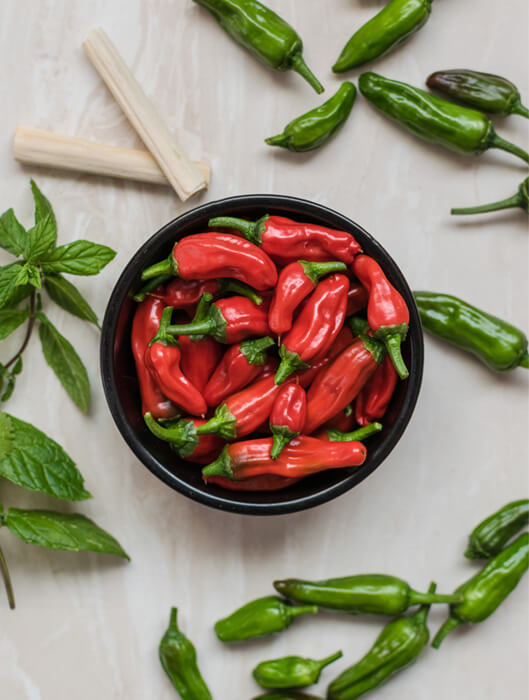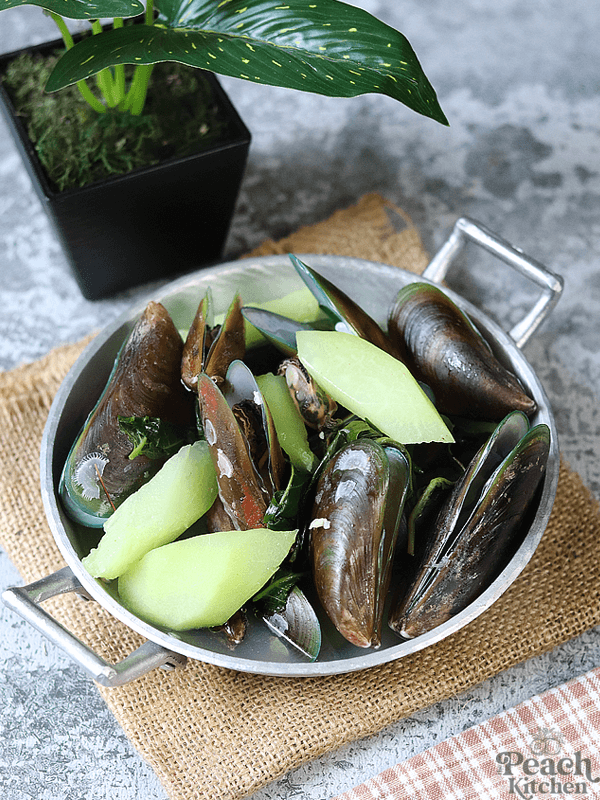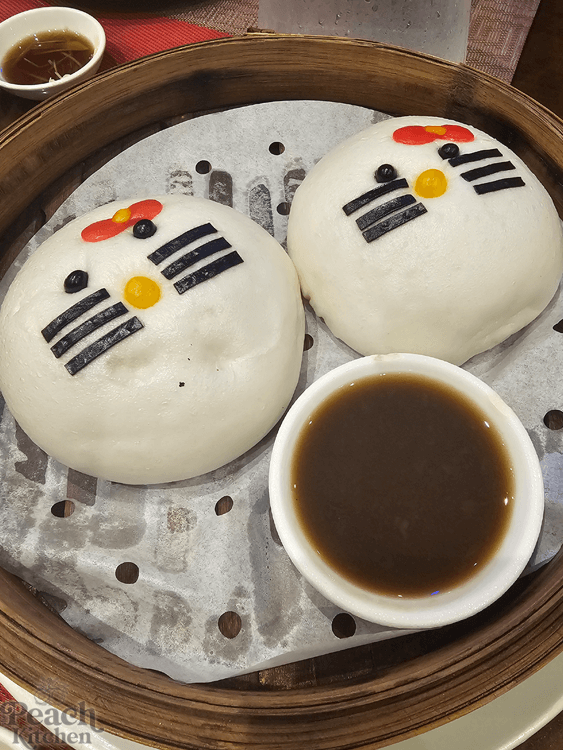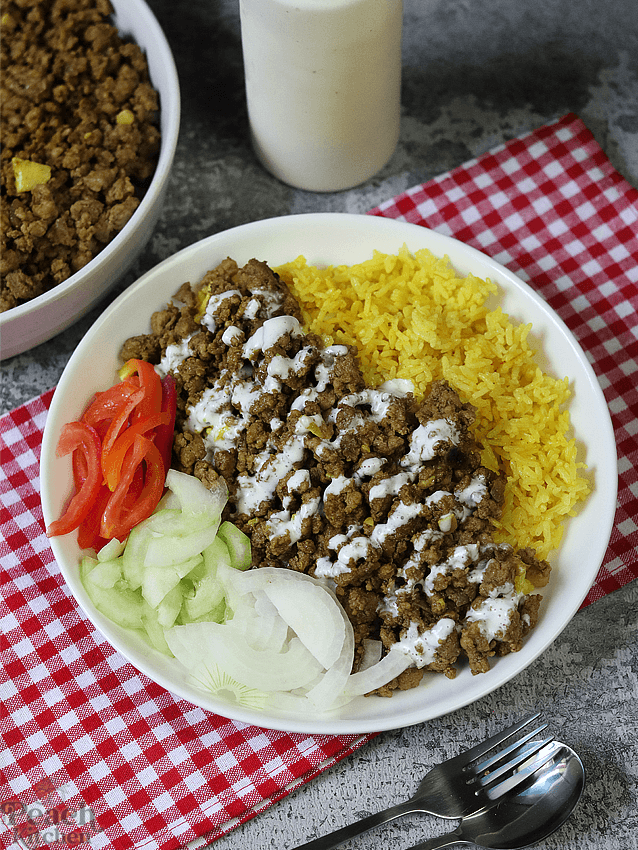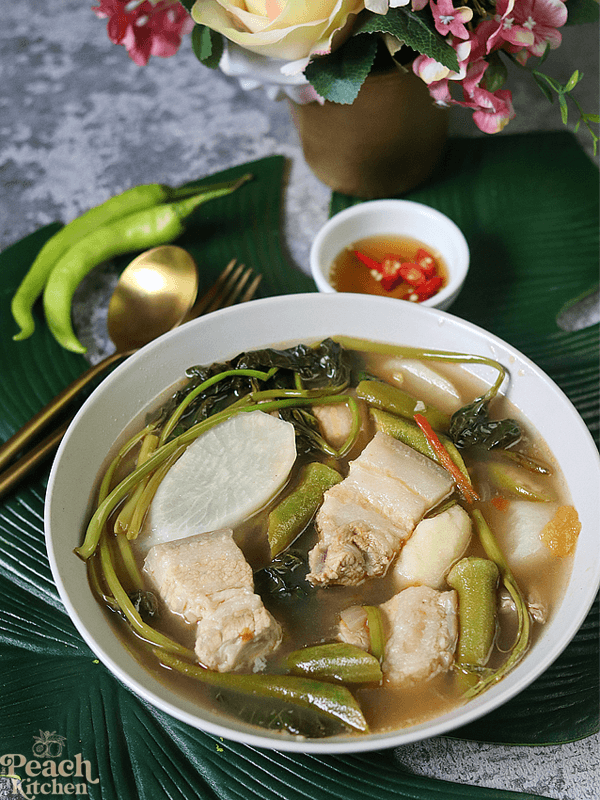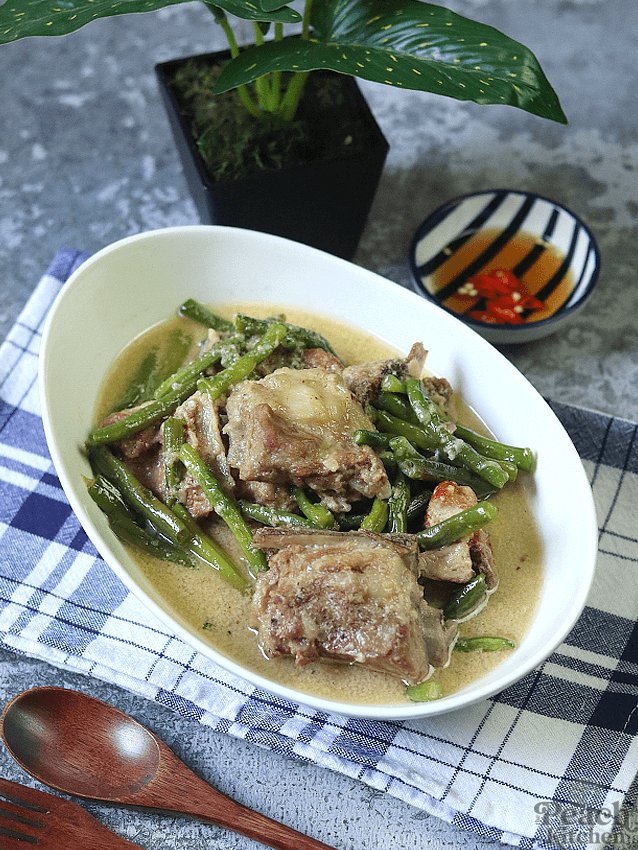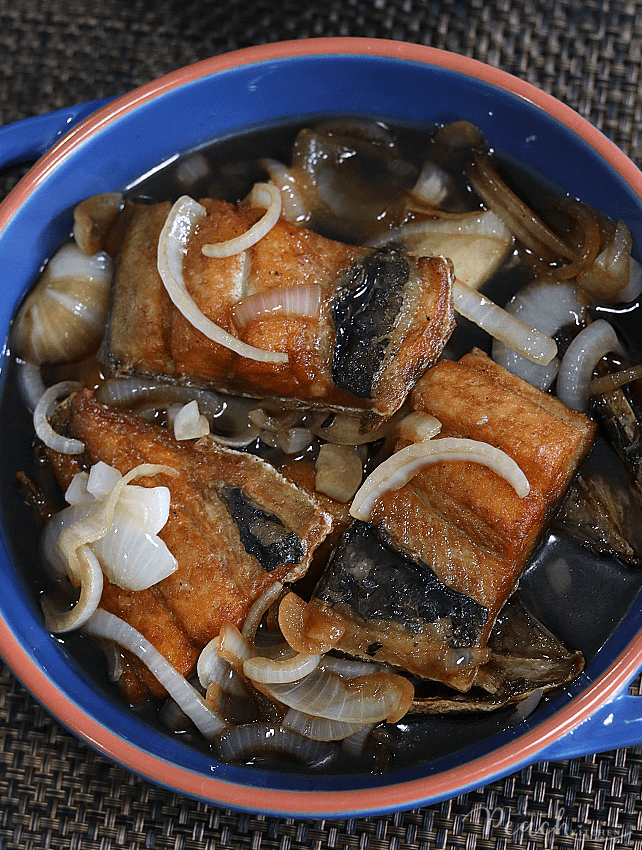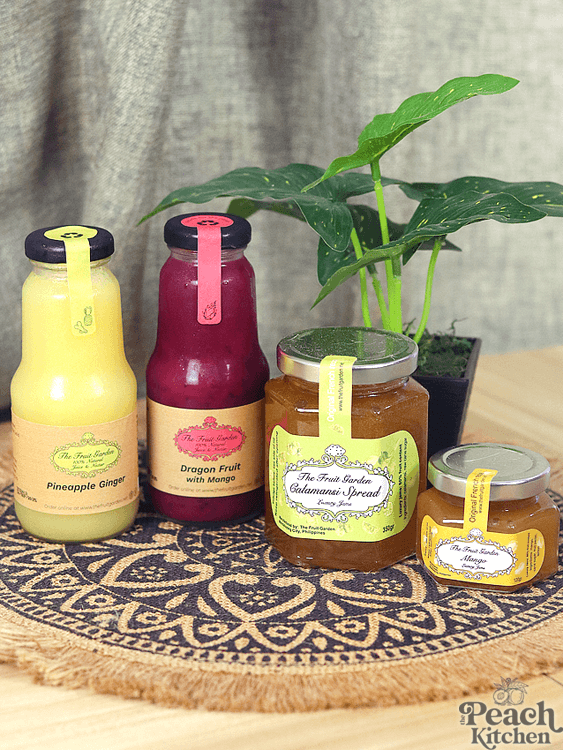Cornish pasties were made for the people in the upper class during the 13th century in England. Originally, it has a rich filling with venison, beef, lamb, and seafood. The recipe was passed down to the mining workers in Cornwall around the 17th century. The aim is to provide tasty meals for the workers.

Seafood is deemed an inappropriate filling for the people in Cornwall even though it is a common filling for the pasty for the aristocrats in the 13th century. It is believed that taking a pasty on board a ship is a bad omen for Cornish fishermen. This superstition could be started by Cornwall miners who do not want the fishing traders to learn their pasty invention.
However, later, the Cornish miners went out of work and they have to cross the sea to America to search for work. As they search for jobs, they also bring their tradition of the Cornish pasties with them. They continue to make Cornish pasties to be brought along with them to work. Whenever the miner is hungry, he would take out the crescent pasty for a hearty meal.
The all-in-one meal is usually prepared by the wives of the Cornish tin miners to provide continuous energy for their husbands who work in the underground mines. Working in the mine is hard work. Without well-balanced food, the mining worker can faint while working in the mine.
The pasty can be filled with the ingredients of your choice encircled with crimped edges. The pasty is designed in a way to be resistant against crumbling into pieces if it is dropped down the mine shaft. Cornish pasties by post can also be a dessert. In this case, the savory filling would be on one end while the sweet feeling would be on the other hand. Sometimes, they would mark the filling ends on the outside.
When you make Cornish pasty, you cannot fill it with too many ingredients. If you overfill it, you will not be able to seal it properly. It needs to be sealed in crimped style so that the edge can be served as the spot for the miner worker to hold it when they are eating. This is because the miners’ hands are often coming in contact with the arson in the ores. As you can see, it prevents arsenic poisoning in the miner.
Cornish pasty has a protected status in Europe. It has gained a protected (PGI) status from The Cornish Pasty Association. The protected status indicates that only those that are made according to the traditional recipe can be recognized as Cornish pasties. Cornish pasty has been the emblem of Cornwall for a long time. Even the rugby team of Cornwall displays a giant pasty before the start of the game. The largest Cornish pasty emblem on record is created by Cornish Young Farmers in 1985 which measures 32 feet long.
There are many stories about the Cornish pasties. In one story, the devil is afraid that his meat would be a filling for cornish pasties if he goes over the River Tamar. It is believed that the Cornish pasties are marked with the initials of the husband. In this way, he will be able to recognize the cornish pasty from his colleagues if he has leftovers. In another story, the miner will usually throw away the crimped edges of the crust to the knockers. The knockers are little people in the mines who have the power to cause misfortunes. However, they can be persuaded not to cause havoc after eating the leftover crust. The initial carvings made sure that the knockers know who left their crusts.


